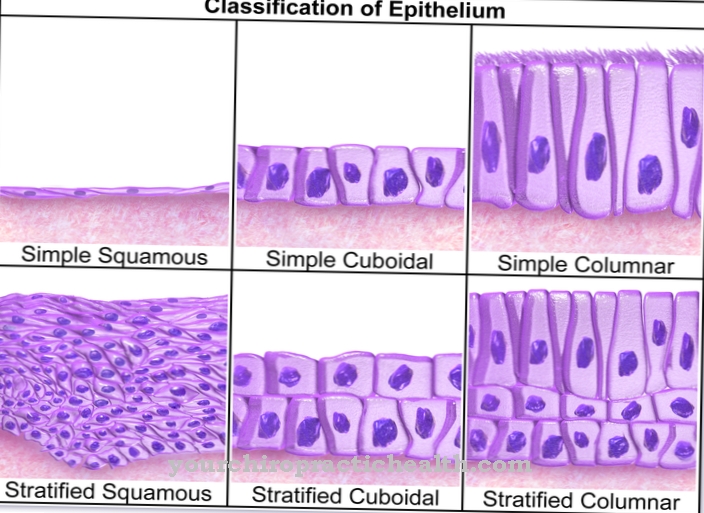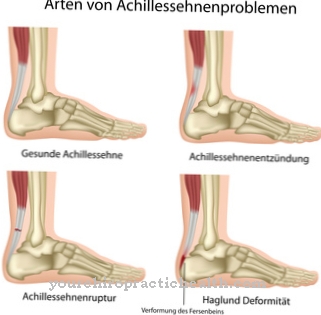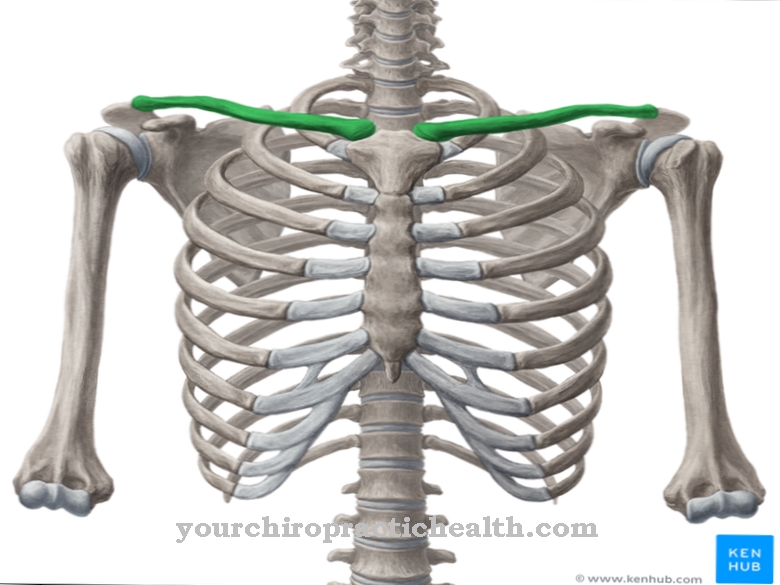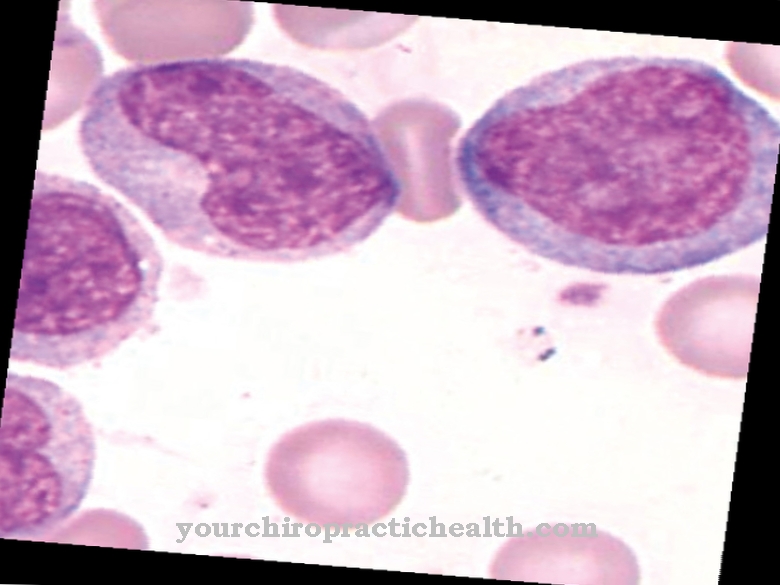A sphincter is a muscle that has a front orcan close the hollow organ located behind it completely. Its function is controlled automatically so that there is hardly any conscious influence on it. Sphincters are found in the human body, for example, in the eye, at the stomach outlet or on the anus.
What is the sphincter?
Under a sphincter Doctors understand, as the name suggests, a muscle that completely closes off a hollow organ. This prevents any forward or backward flow of liquids, air or other substances.
There are a total of nine sphincter muscles in the human body. These cannot be controlled arbitrarily or only to a very limited extent. If a sphincter is restricted in its function, it can lead to uncontrolled leakage or flow of fluids. This can lead to partly unpleasant, partly also health-endangering conditions, which are often irreparable.
Sphincter muscles can be impaired in their function for a wide variety of reasons, including an injury or illness, or pregnancy or childbirth.
Anatomy & structure
sphincter consist of smooth muscles. For this reason, their function is automatic and cannot or can hardly be consciously controlled. However, some muscles, such as the external sphincter in the rectum, can become voluntarily tense.
Sphincter muscles are characterized by the fact that they are closed in the resting state and thus ensure that the organs in front of or behind remain "tight". They can, for example, be striated muscles (e.g. around the urethra) or muscle cuffs (at the anus).
Alternatively, they can also be arranged in a ring. Sometimes it is also about skeletal muscles, which are actually characterized by the fact that they can only be controlled arbitrarily. In individual cases, for example with the heart muscle, conscious control is not possible here either, which qualifies it for use as a sphincter.
Functions & tasks
The function of each one Sphincter is decided based on its area of application. In the human eye, for example, the sphincter pupillae muscle causes the pupil to constrict.
The so-called esophageal mouth is located at the entrance to the esophagus and ensures that no air is swallowed when speaking or breathing and that no stomach contents can be inhaled. The pylorus located at the gastric outlet regulates the transport of food from the stomach to the intestine behind it. It ensures that this is only passed on when it has been appropriately pre-digested and there is sufficient space in the intestine.
The inner and outer anal sphincter ensure that bowel emptying only takes place when it is desired. The latter can be influenced arbitrarily, even if only for a certain period of time. The urethralis muscle is located around the urethra, which, like the anal sphincters, ensures that no urine escapes. Only a relaxation of this muscle ring paired with increased activity of the muscles around the bladder leads to a subsequent emptying of the bladder.
Illnesses & ailments
Is a sphincter no longer functional or if it only functions to a limited extent, this has consequences for those affected, which usually become noticeable within a very short time.
If the muscle between the esophagus and stomach no longer closes properly, stomach acid can rise up into the esophagus and permanently damage it. The result can be inflammation or, later, esophageal cancer. Damage to the sphincter muscles in the anus is usually perceived as particularly uncomfortable, as it leads to fecal incontinence. This problem can also be caused, for example, by childbirth in which a perineal tear can occur.
Urinary incontinence is also a common problem that causes uncontrolled leakage of urine. In some cases, specially tailored pelvic floor training can help here, as it can strengthen the muscles. For many patients, such issues with defecation or urination are an embarrassing and sensitive issue. Nevertheless, if in doubt, you should not be afraid to consult a doctor.













.jpg)

.jpg)
.jpg)











.jpg)